
CEE developers offer better value than Western Europe
Research by TechBehemoths shows that strong education systems, multilingual talent pools and EU-level legal protections keep CEE competitive for global tech outsourcing and nearshoring.
A collection of 27 posts

Research by TechBehemoths shows that strong education systems, multilingual talent pools and EU-level legal protections keep CEE competitive for global tech outsourcing and nearshoring.
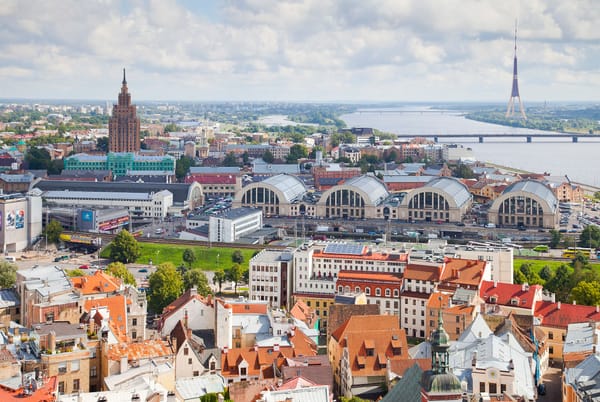
Latvia lags its Baltic peers on investment intensity and credit availability, according to the Organisation for Economic Co-operation and Development (OECD).

Hungary has now fallen to the lowest position in the EU for actual individual consumption (AIC), despite its starting position ahead of several regional peers two decades ago.

Nominal minimum wages in Romania and Bulgaria have more than doubled in the last decade, with the sharpest growth before 2020. Czechia and Slovakia now apply EU-aligned benchmarks for annual adjustments.
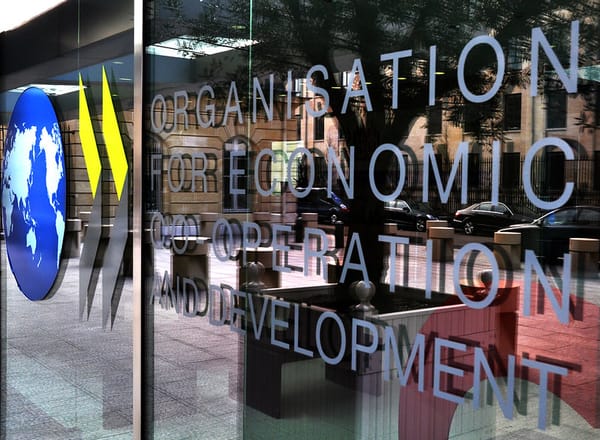
The EU’s employment rate reached a record high of 70.9% in the fourth quarter of 2024, according to the Organisation for Economic Co-operation and Development (OECD). But while this marks a major milestone for the bloc, the picture in Central and Eastern Europe (CEE) is more complex, as
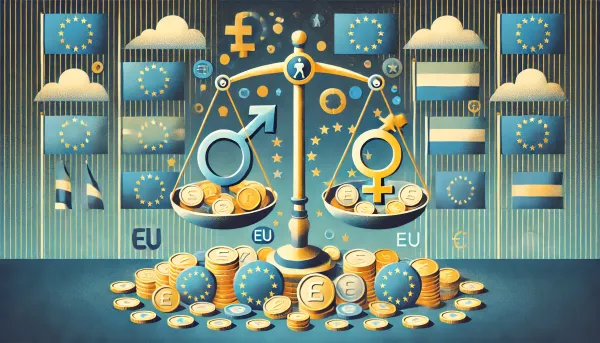
Romania and Poland have gender pay disparities among the lowest in the EU, according to Eurostat data published this month. In Central and Eastern Europe (CEE), Romania and Poland recorded the smallest gender pay gaps in 2023, at 3.6% and 4.5% respectively — both well below the EU average
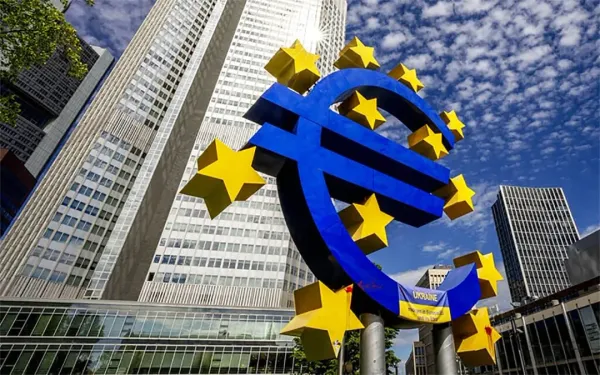
A new report on the pros and cons of euro adoption from the Czech National Economic Council (NERV) warns that joining the eurozone would see Czechia lose control over interest rates and monetary policies, limiting its ability to address domestic economic issues. On the positive side, the report highlighted that

Romania reported the highest inflation rate in May, of 5.8%, driven by significant increases in housing and utilities prices, according to the latest data from the EU’s official statistics agency Eurostat. Croatia experienced the second highest inflation in Central and Eastern Europe (CEE), of 4.3%, driven primarily

Lithuania had the lowest annual inflation rate of 0.4% in the EU in March 2024, EU official statistics office Eurostat reports. The EU’s highest inflation rates were also recorded in Central and Eastern Europe (CEE) countries, with the steepest price increases in Romania (6.7%), Croatia (4.9%

Europe remains heavily reliant on energy imports even after recent crises, as dependence on Russia has been replaced by that on other countries, according to an Intelligent Energy Association (AEI) analysis, based on data from the EU’s official statistics agency Eurostat. Romania is the country least dependent on imported
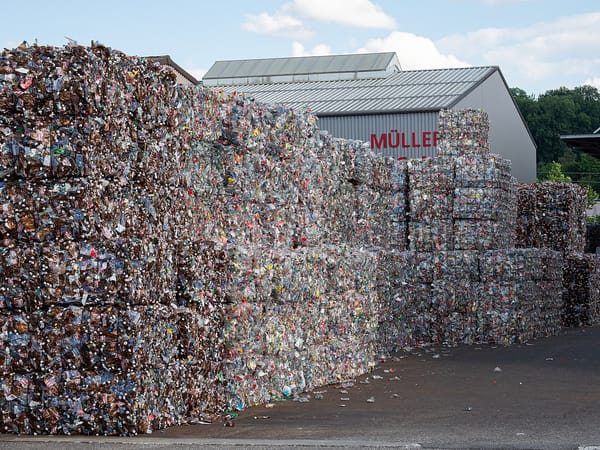
Bulgaria placed bottom in the EU for recycling disused ICT devices, in a survey conducted in 2022 by EU official statistics office Eurostat. Only 3.4% recycle their old desktop computers in Bulgaria. Sweden (29%) recycles the most old desktop computers, ahead of the Netherlands (27%). Austria was the highest
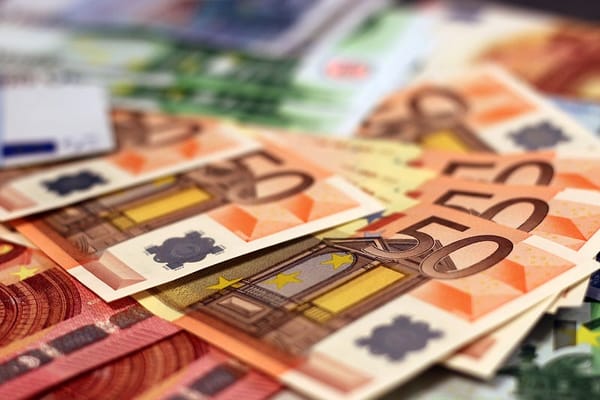
The top 11 inflation rates in the EU were in Central and Eastern Europe (CEE) countries in June 2023, according to new data figures published by Eurostat, the EU’s official statistics office. All of the EU member states in CEE registered inflation over the EU average of 6.4%
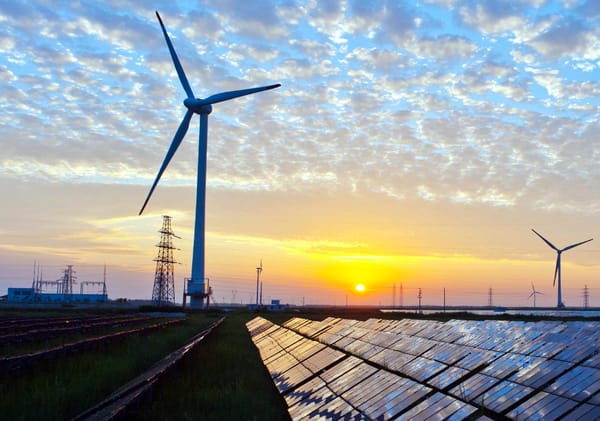
Natural gas prices skyrocketed in the second half of 2021 and 2022, as sanctions on imports from Russia, disturbances in natural gas supply and concerns regarding potential supply shortages affected the market and led to price spikes, Eurostat found in its new annual survey. Along with lower nuclear power plant

Central and Eastern European (CEE) countries may hinder the EU’s ability to meet its climate goals, according to campaigners who are concerned about their National Energy and Climate Plans (NECPs). European Commission President Ursula von der Leyen has emphasised the European Union’s commitment to achieving a net-zero power

Poland outstretched all of its EU peers for growth in the first quarter of 2023, the bloc’s official statistics office Eurostat reported in its revised data. In Central and Eastern Europe (CEE) – and Europe as a whole – Poland had the highest growth rate of 3.8%, ahead of Croatia